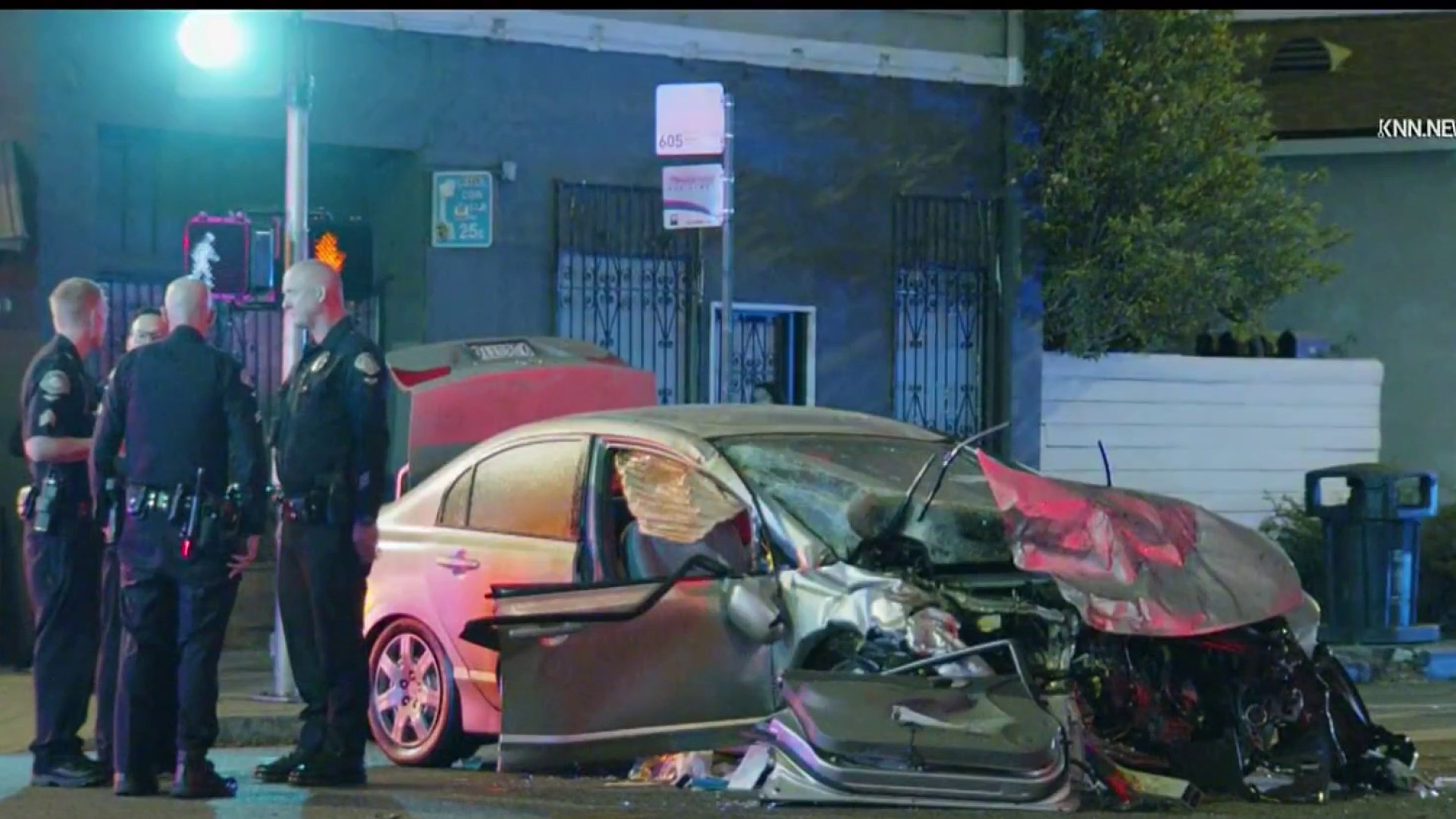Volunteers with nonprofits and religious organizations would assist as "navigators" to help in steering the homeless to shelters or housing, under a plan proposed Wednesday by a food bank that works with the growing numbers of homeless in the San Fernando Valley.
"I'm proposing a team of interfaith congregations to basically train navigators at their congregations to be a part of their existing outreach programs," said Luis Oliart, director of the North Hollywood Interfaith Food Pantry.
The pantry provides food to the needy, a portion of whom are homeless, twice a week. Oliart envisions using those occasions of contact with the homeless to offer them the option of having their information collected and input into the coordinated entry system for housing.
Oliart outlined the idea at Wednesday's clergy council meeting at the Los Angeles Police Department's North Hollywood station.
The homeless population in Los Angeles County was counted at 44,359 by the point in time census last January.
"I started feeling a real significant change about three years ago," said Oliart. "I started seeing more issues associated with homeless folks in our neighborhood that I was getting phone calls about."
Oliart acknowledged that beyond intake, there are other challenges — chief of which is finding locations for placement.
Local
Get Los Angeles's latest local news on crime, entertainment, weather, schools, COVID, cost of living and more. Here's your go-to source for today's LA news.
"It's a shortage of housing is essentially the problem," said Nathaniel VerGow, outreach and assessment manager for the nonprofit LA Family Housing Corp. "We don't have enough affordable housing."
At this point, there are individuals who have received certificates for Section 8 rental subsidies from the federal Dept of Housing and Urban Development, but have been unable to find available housing where the landlord will work with Section 8.
Meantime, after several relatively stable years, the number of homeless in Los Angeles county has begun growing again — up 13 percent since 2013 — and the challenge grows for nonprofits. LA Family Housing had initially planned to place 160 last year, but ended up finding homes for 320, VerGow said. This year its goal is more than 500.
In recent years, a growing number of homeless encampments have sprouted, often in locations hidden at least partially by brush in the rights of way adjacent to freeways. One appeared recently in foliage below the 170 Freeway near Burbank Boulevard, a block from the North Hollywood station.
Court decisions have imposed limits on moving possessions left in public places, and under the interpretation of the law in Los Angeles, sleeping in public is protected between the hours of 9 p.m. and 6 a.m.
"We're very challenged on what we can do," said LAPD senior lead officer John Catalano, who worked directly with homeless issues in the North Hollywood area for more than a decade."
"If it's personal property that belongs to somebody, we cannot just go and remove that property and throw it away," Catalano said. "It's not a crime to be homeless."
When he encounters the homeless, Catalano said he attempts to steer them to LA Family Housing or other programs whenever possible.
Wednesday afternoon, checking on the homeless staying in North Hollywood Park, Catalano encountered Bonita Koonce, who held a job in a law firm and raised two sons to adulthood before a series of setbacks — including the death of her older son and the loss of her job — left her without a place to stay. She is seeking housing for both herself and her younger adult son, who is disabled.
"I've been checking out some places and waiting to see if that becomes available," Koonce said. "I really want my son to stay with me because he's on SSI and it would be great if we could stay together."
Others Catalano encounters bristle at the rules that go with housing, and in some cases are not ready to forego the substance dependence that has become a major element of their lives.
"It's about the need or the want of them to make a change," said Catalano. And in many cases, "we're not seeing that."



